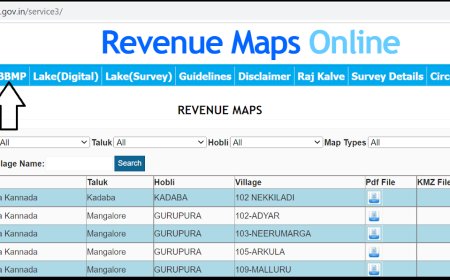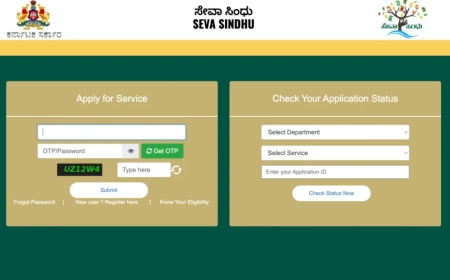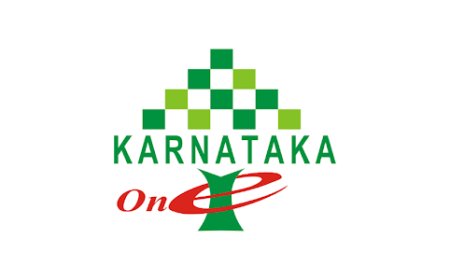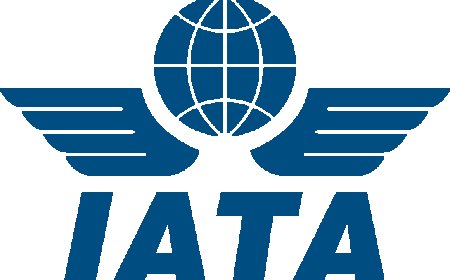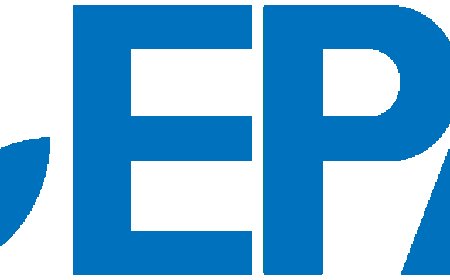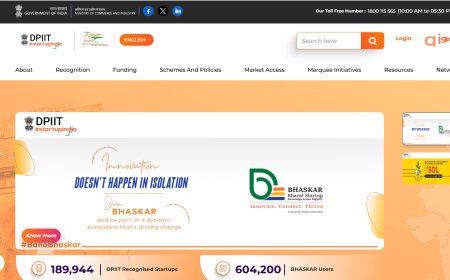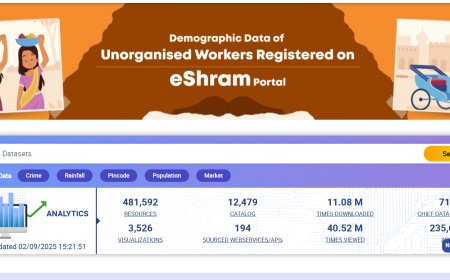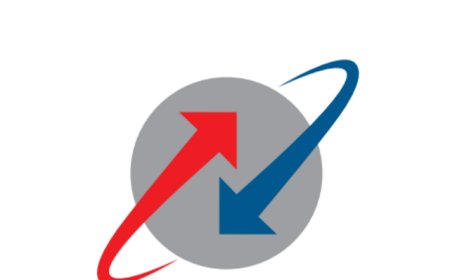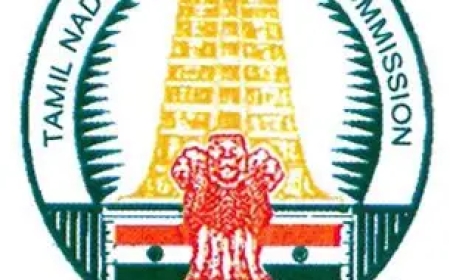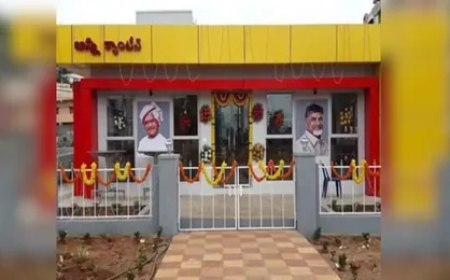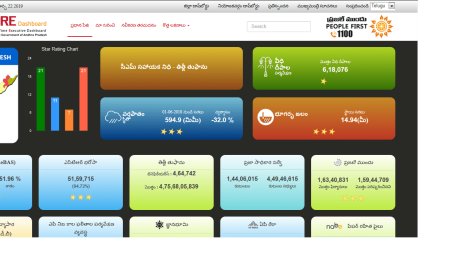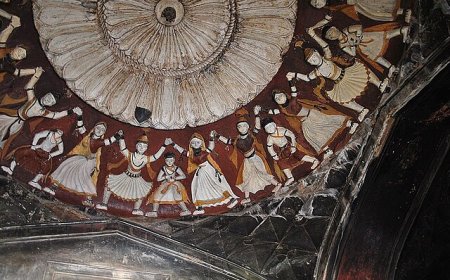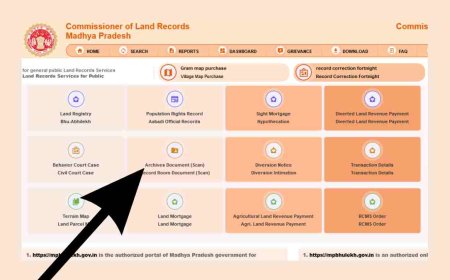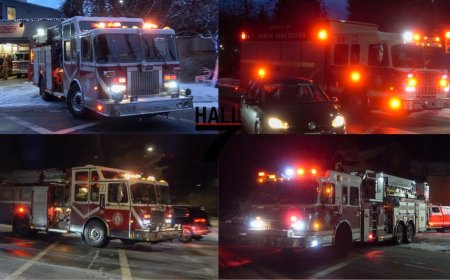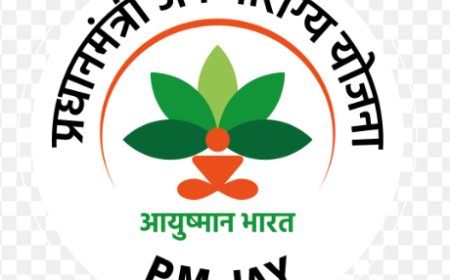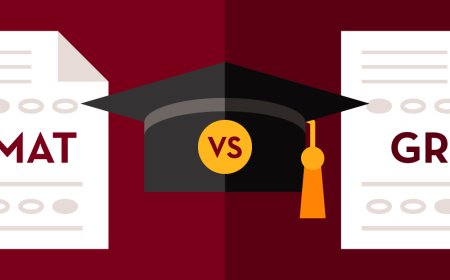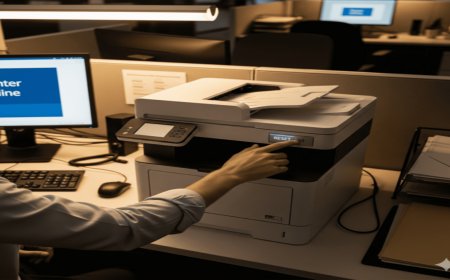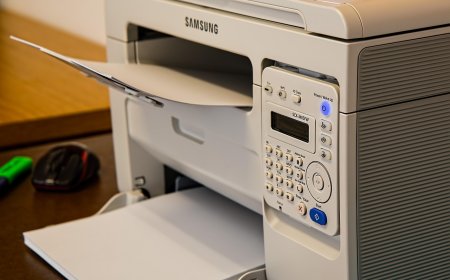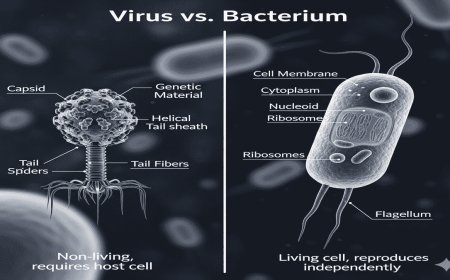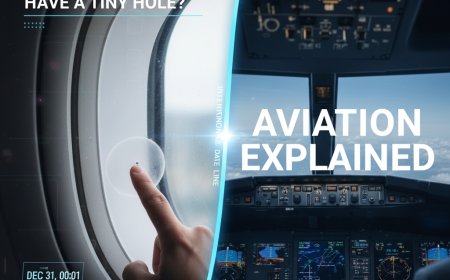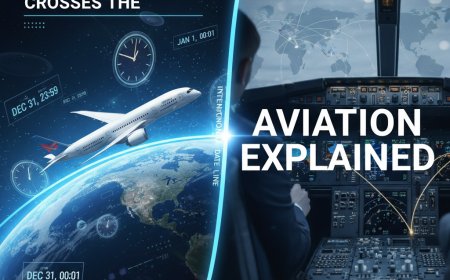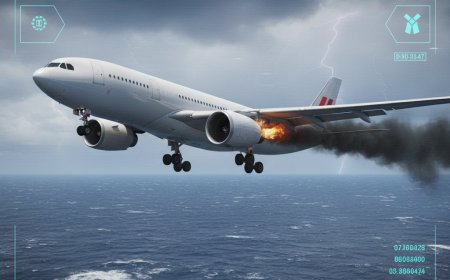Unleash Innovation: 2025-2026 High School Engineering Challenge at DWU


Upcoming Challenge Materials for 2025
Get ready for the 2025 Challenge Materials! Sign up now to receive them as soon as they’re available.
Understanding Uncrewed Aircraft Systems (UAS)
Uncrewed Aircraft Systems (UAS) are aircraft operated without a pilot onboard. They can be controlled remotely or function autonomously with pre-set parameters like waypoints and speed limits.
UAS are ideal for tasks that are too monotonous, hazardous, or inaccessible for humans, known as the “4Ds”: dull, dangerous, dirty, or deep. They are widely used in fields such as aerial photography, agriculture, conservation, infrastructure inspection, and emergency services, offering a cost-effective and safe alternative to manned operations.
Components of UAS
UAS, also known as UAVs or drones, consist of several key components working together to achieve specific goals. These include the air vehicle, payload, communication systems, command and control, support equipment, and the human operator.
In this challenge, you’ll design a UAS incorporating these elements, with a focus on creating a unique system tailored to specific needs.
Payload Considerations
The payload is crucial in UAS design, often defining the system’s primary function. For instance, visual sensors provide situational awareness by capturing environmental data.
- CCD/CMOS Cameras – Capture color video for real-time display.
- Thermal Sensors – Detect heat signatures.
- LiDAR – Measure distances using laser reflections.
- Synthetic Aperture Radar (SAR) – Use radio waves for terrain mapping.
- Multispectral Cameras – Capture data across various spectrums.
Air Vehicle Design
The air vehicle, or UAV, is the uncrewed component of the UAS. It includes subsystems like the airframe, flight controls, propulsion, and onboard sensors.
- Airframe – The structural base for all components.
- Flight Controls – Includes the flight computer and control surfaces.
- Powerplant – The engine or motor providing thrust.
- Onboard Sensors – Devices for data collection.
Command, Control, and Communications (C3)
The C3 system determines the level of autonomy and facilitates data exchange between the UAS and ground control. It includes control commands, telemetry, and video data equipment.
- Control Commands – Manage UAV operations.
- Video Data Equipment – Transmit visual data for monitoring.
Support Equipment
Support equipment is essential for UAS operation and maintenance, including launch systems, flight line tools, and power generation units.
- Launch and Recovery Systems – Facilitate takeoff and landing.
- Flight Line Equipment – Tools for calibration and maintenance.
- Transportation – For moving equipment to the site.
- Power Generation – Portable power sources.
Operator Roles
Operators are vital for UAS functionality, with roles varying based on system design. Key positions include the pilot, co-pilot, and sensor operators.
- Pilot in Command
- Co-Pilot/Spotter
- Sensor Operator
2025-2026 Design Challenge: UAS in Agriculture
This year’s challenge focuses on developing a UAS to detect agricultural pests, optimize crop production, and enhance economic outcomes. Teams will design, analyze, and defend their UAS solutions, incorporating engineering and business strategies.
Challenge Scenario
Agricultural pests cause significant economic losses globally. Your task is to design a UAS to detect and sample pest-affected areas, improving pest management and crop yield.
Design Requirements
Your UAS must detect pest signs, transmit data, and collect samples. It should cover large areas quickly and operate within a 5-mile communication range.
Ground Station Operations
The ground station, operated by two people, will manage the UAS and analyze sensor data. It must include all necessary equipment for operation and data analysis.
Safety and Transportation
Ensure safe flight with detect-and-avoid systems. Equipment must fit within specified container dimensions and weight limits.
Business and Communication Plans
Develop a business case detailing costs and logistics, and a communication plan to advocate for UAS adoption in agriculture. Highlight the benefits and cost-effectiveness of your design.
Cost Analysis
Calculate both fixed and variable costs, including personnel, equipment, and operational expenses. Provide a detailed budget and logistical plan.
Public Relations Strategy
Create a strategy to communicate the value of UAS in agriculture, using various media to reach your audience effectively.
Conclusion
Prepare an Engineering Design Notebook to document your work, which will be evaluated by judges. Use the Scoring Rubric to guide your design process and ensure all requirements are met.
Registration Deadline: November 21, 2025
Notebooks Due: Date Coming Soon
PowerPoints Due: Date Coming Soon
Presentations: Date Coming Soon
What's Your Reaction?
 Like
0
Like
0
 Dislike
0
Dislike
0
 Love
0
Love
0
 Funny
0
Funny
0
 Angry
0
Angry
0
 Sad
0
Sad
0
 Wow
0
Wow
0





